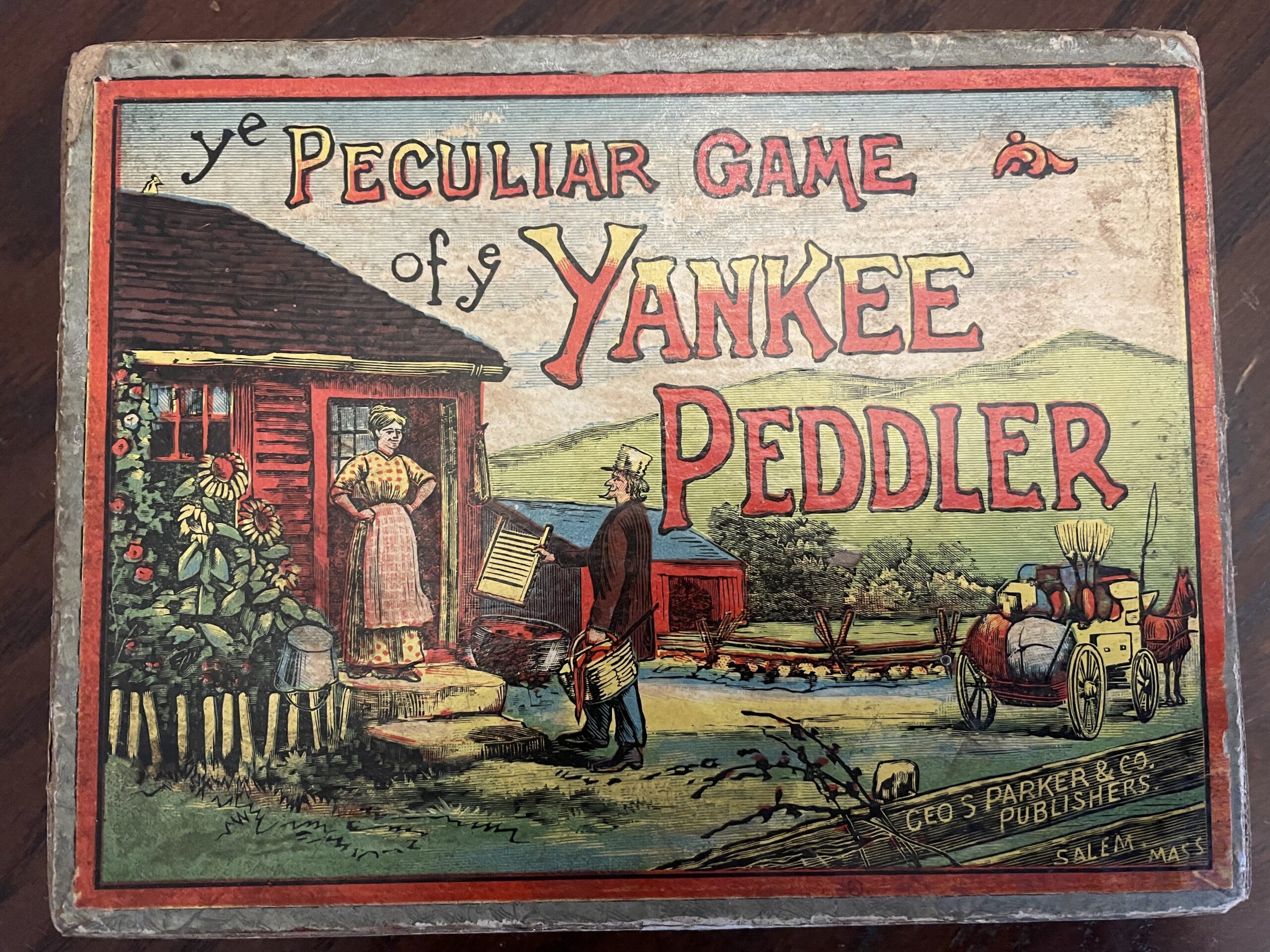
The Peculiar Game of the Yankee Peddler—Or what do you buy?

Underage Enlistment in the United States and the Confederacy

Uncle Tom’s Cabin, The Jigsaw Puzzle: Jumbling the Pieces of Stowe’s Story

“A Very Curious Religious Game”: Spiritual Maps and Material Culture in Early America
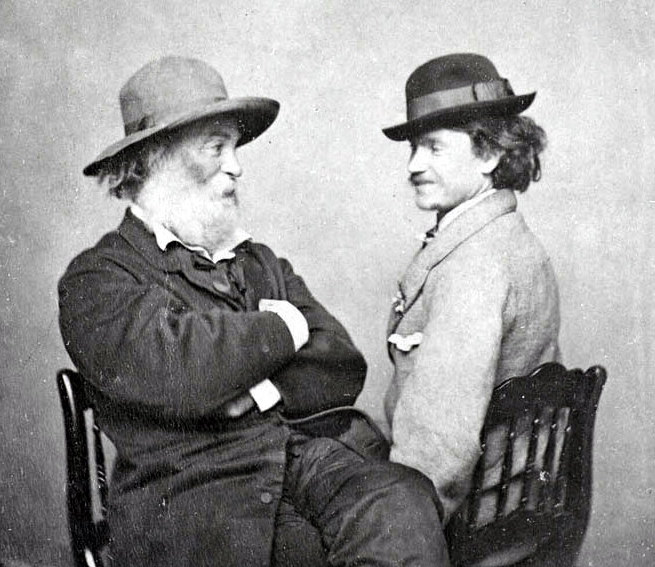
Freedom and Joy: Walt Whitman’s “We two boys together clinging”
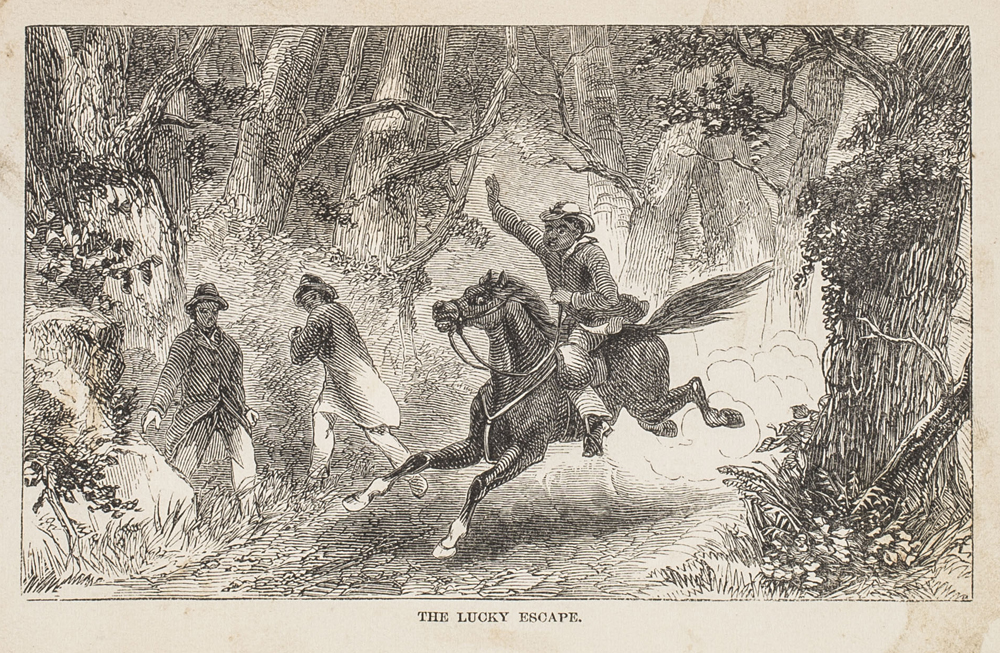
Rainbow’s Mail-bag
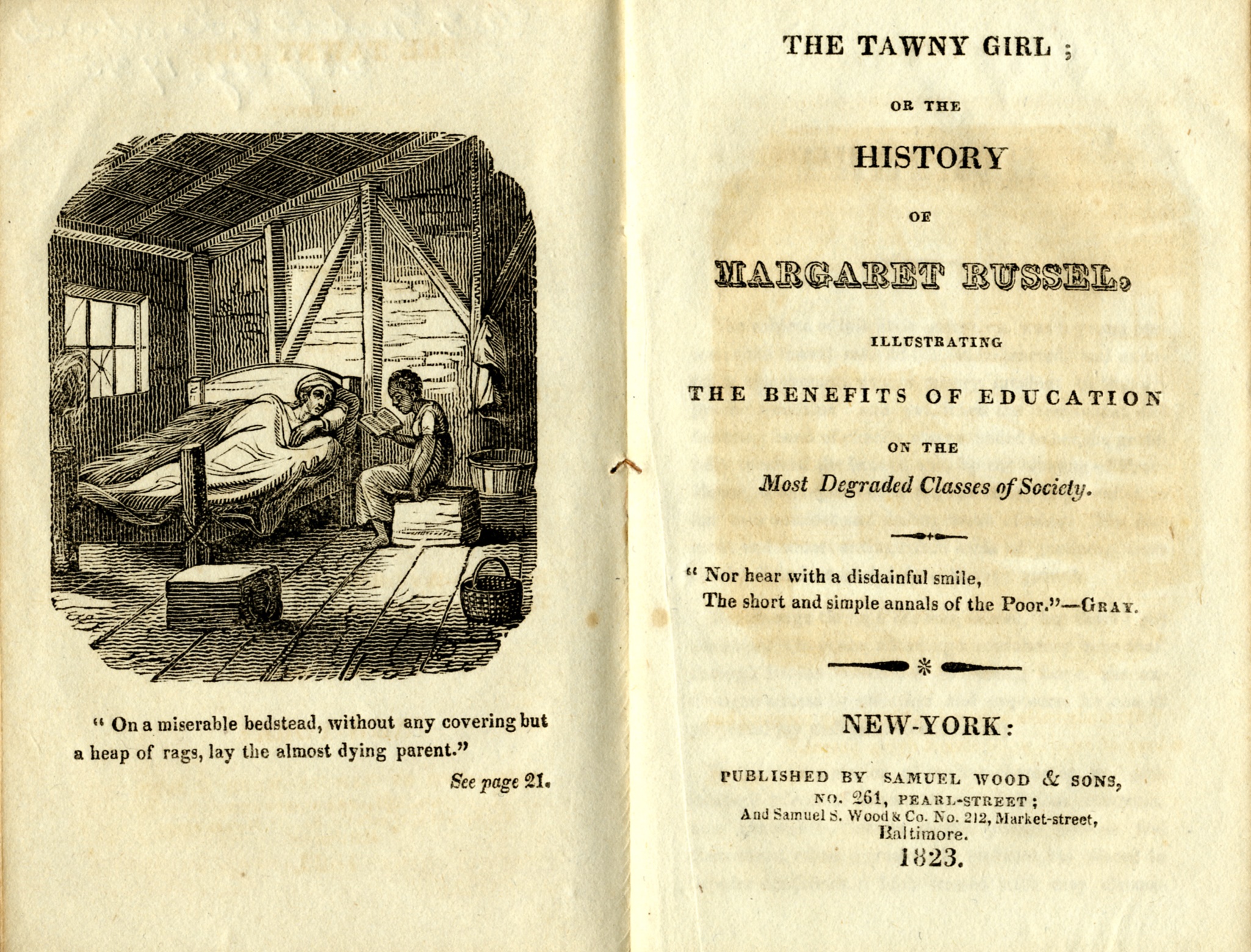
Black Girlhood in Early American Children’s Print Culture

Acquisition, Interrupted: Charles Willson Peale’s Stewart Children and the labor of conscience

“Permitted to Proceed Unmolested”: Childhood and Race in the Burning of the Colored Orphan Asylum
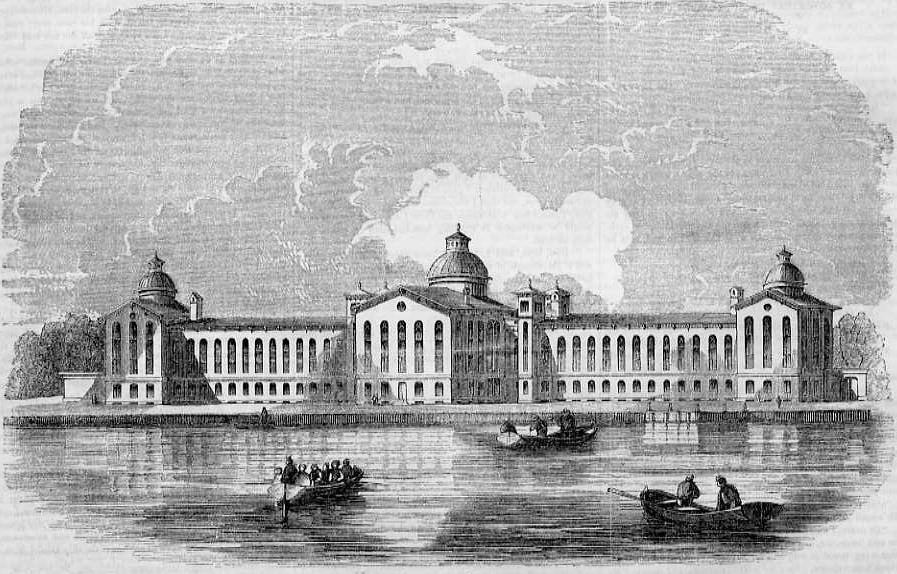
Incarcerating Children in the Age of Emancipation
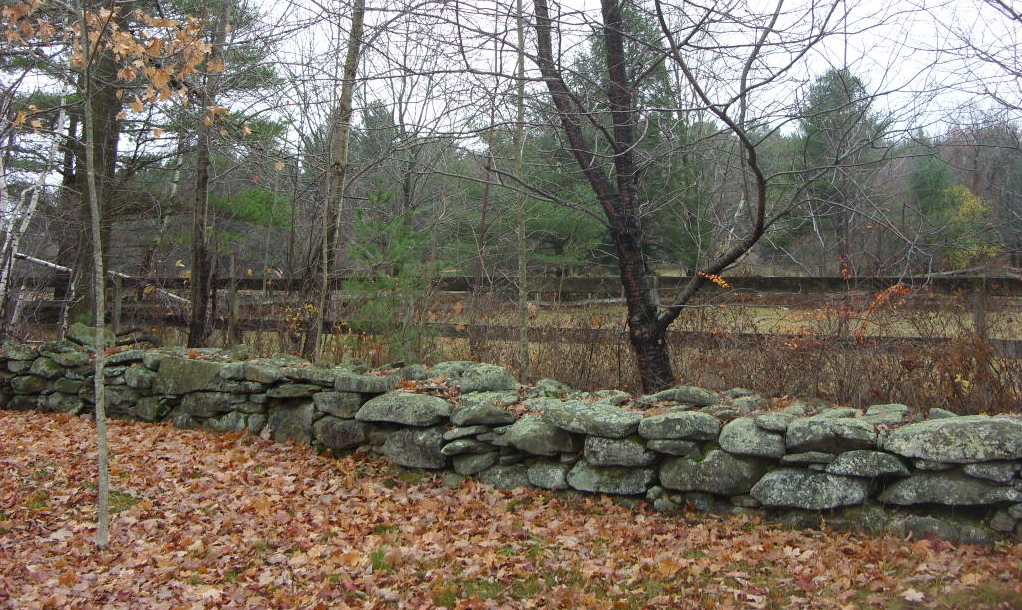
Sagas in Stone

Kidnapped!: Tracking down a ripping good Irish-American tale
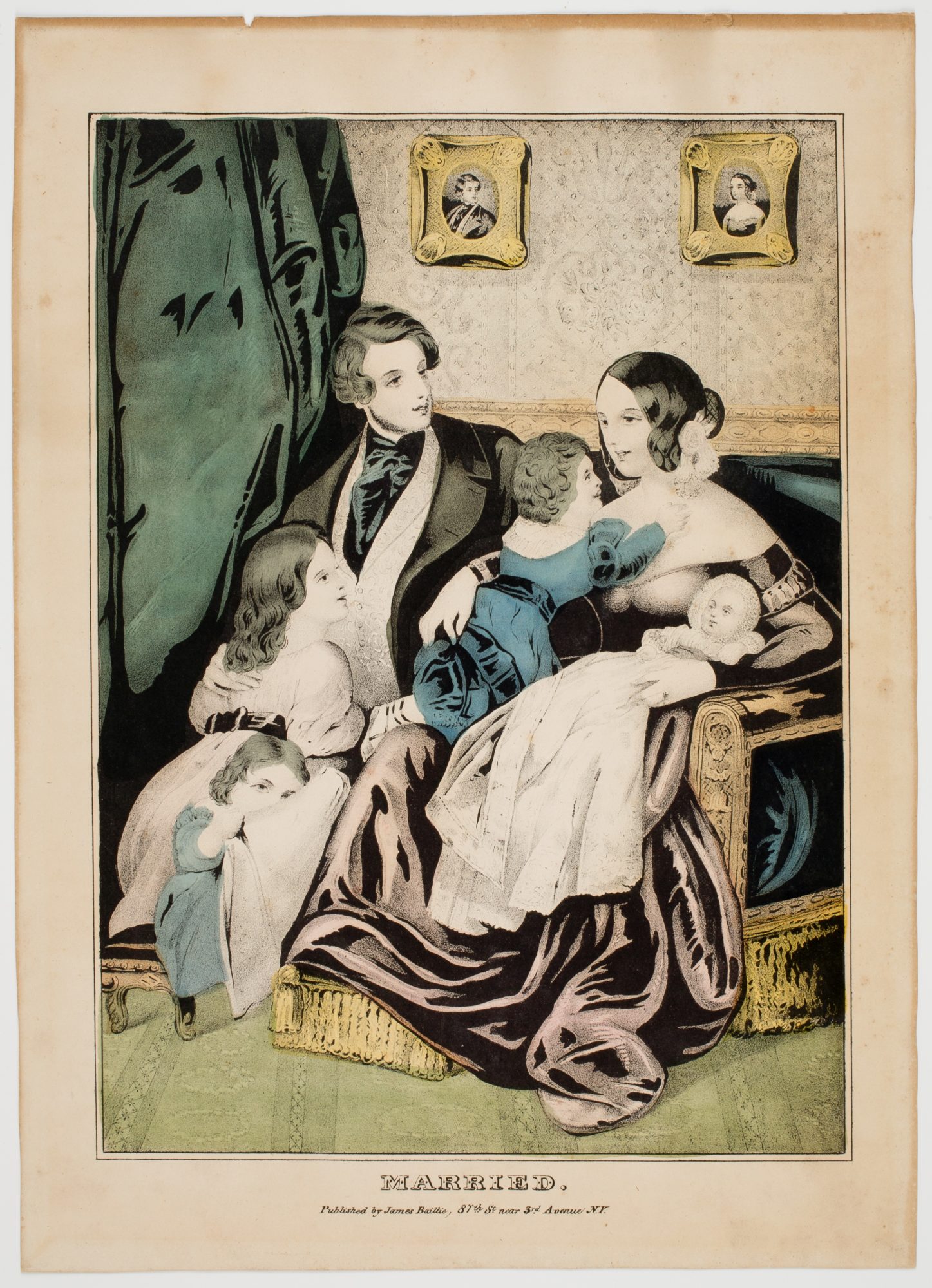
Parenting for the “Rough Places” in Antebellum America
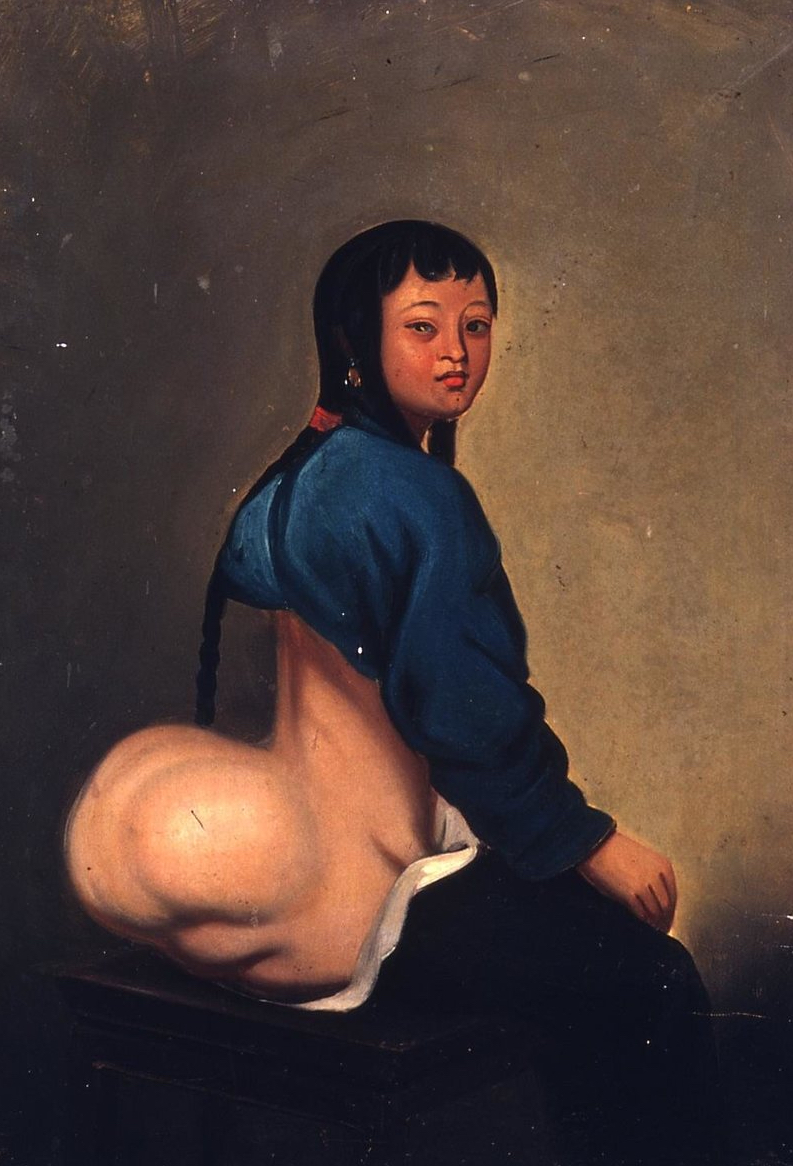
Curiosity and Cure: Peter Parker’s patients, Lam Qua’s portraits
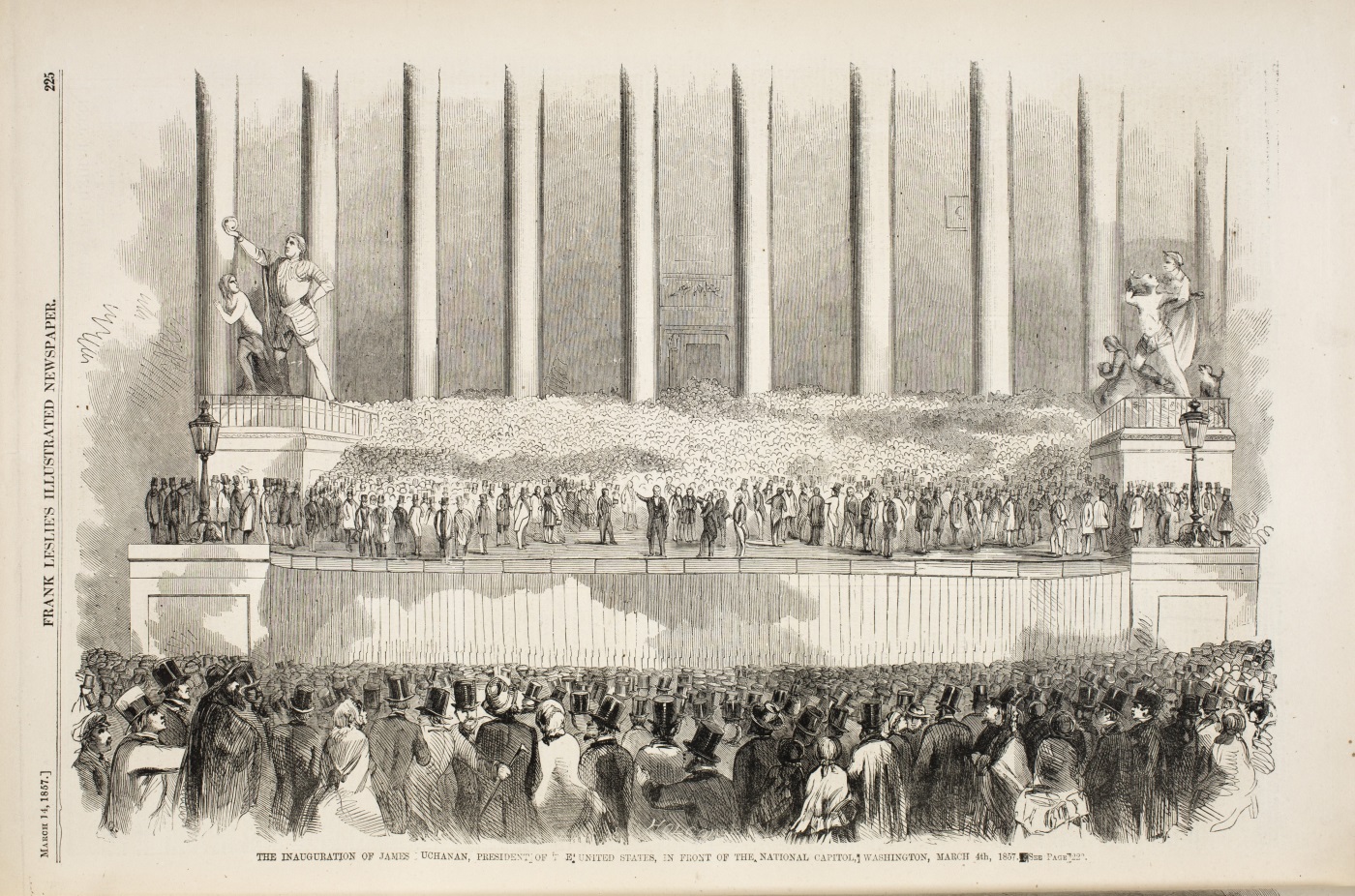
Jane Clark: A Newly Available Slave Narrative

The Emancipation of Boyhood
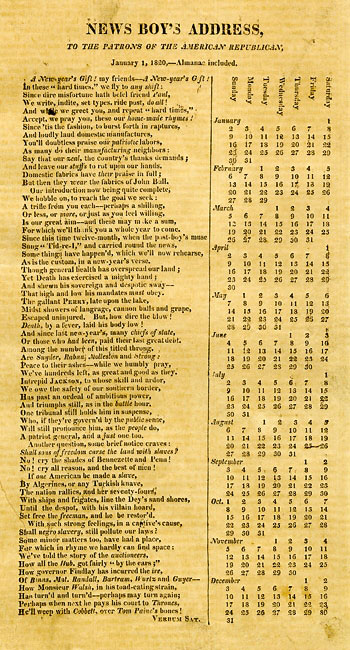
We Won’t Leave Until We Get Some
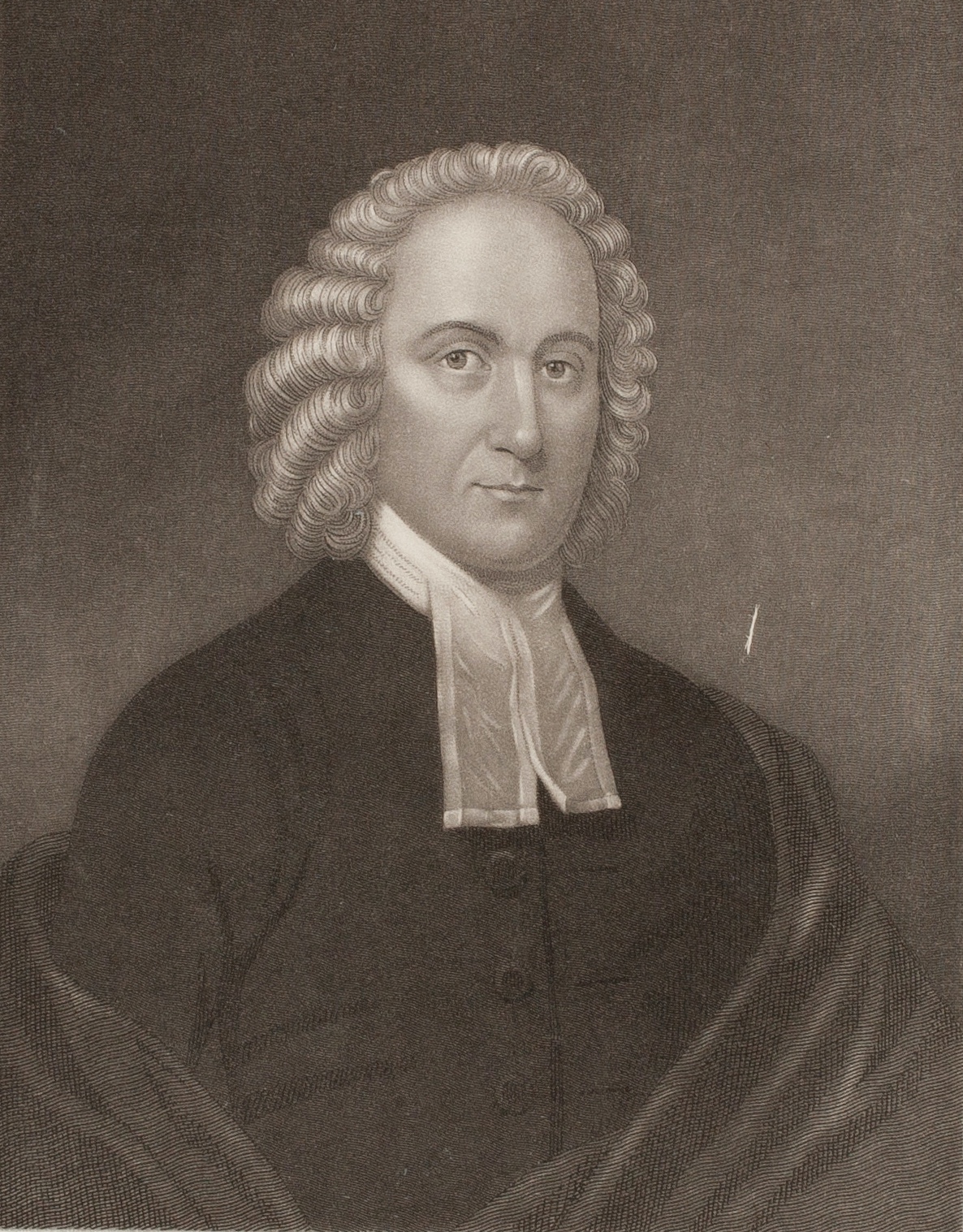
An ‘Epidemical Distemper’: Conversion and Disorder, then and now
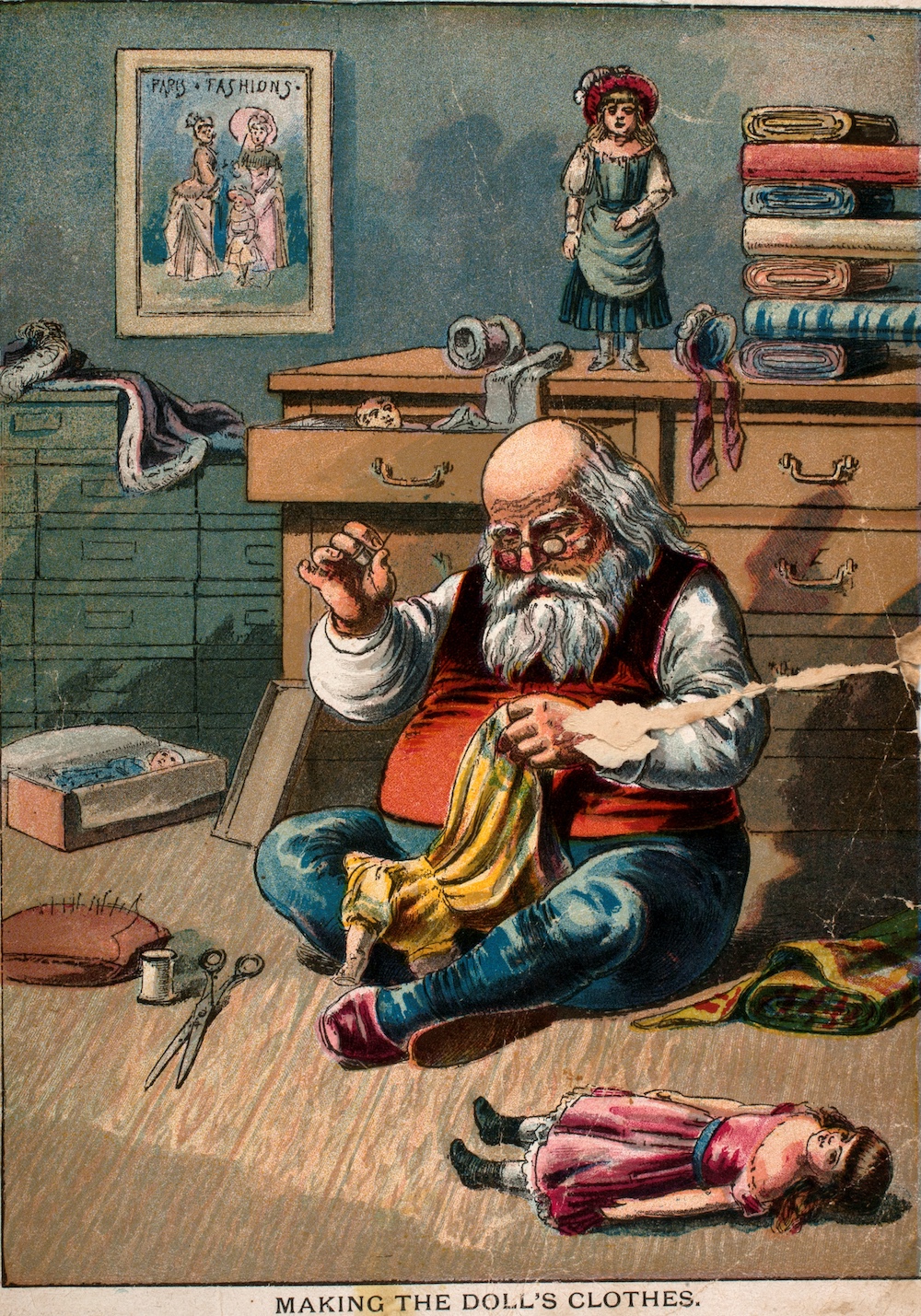
George’s Story: Dolls and the Material Culture of Christmas
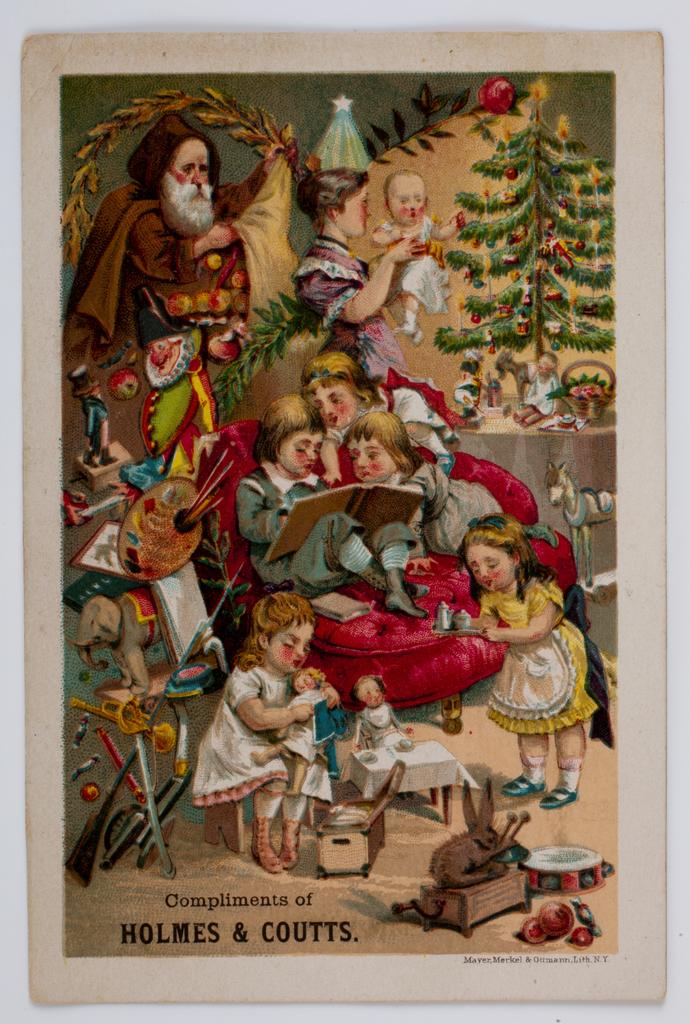
Girls Just Want to Have Fun

Document by Document

And Then There Were Three: A New Generation of Scholarship in Deaf History
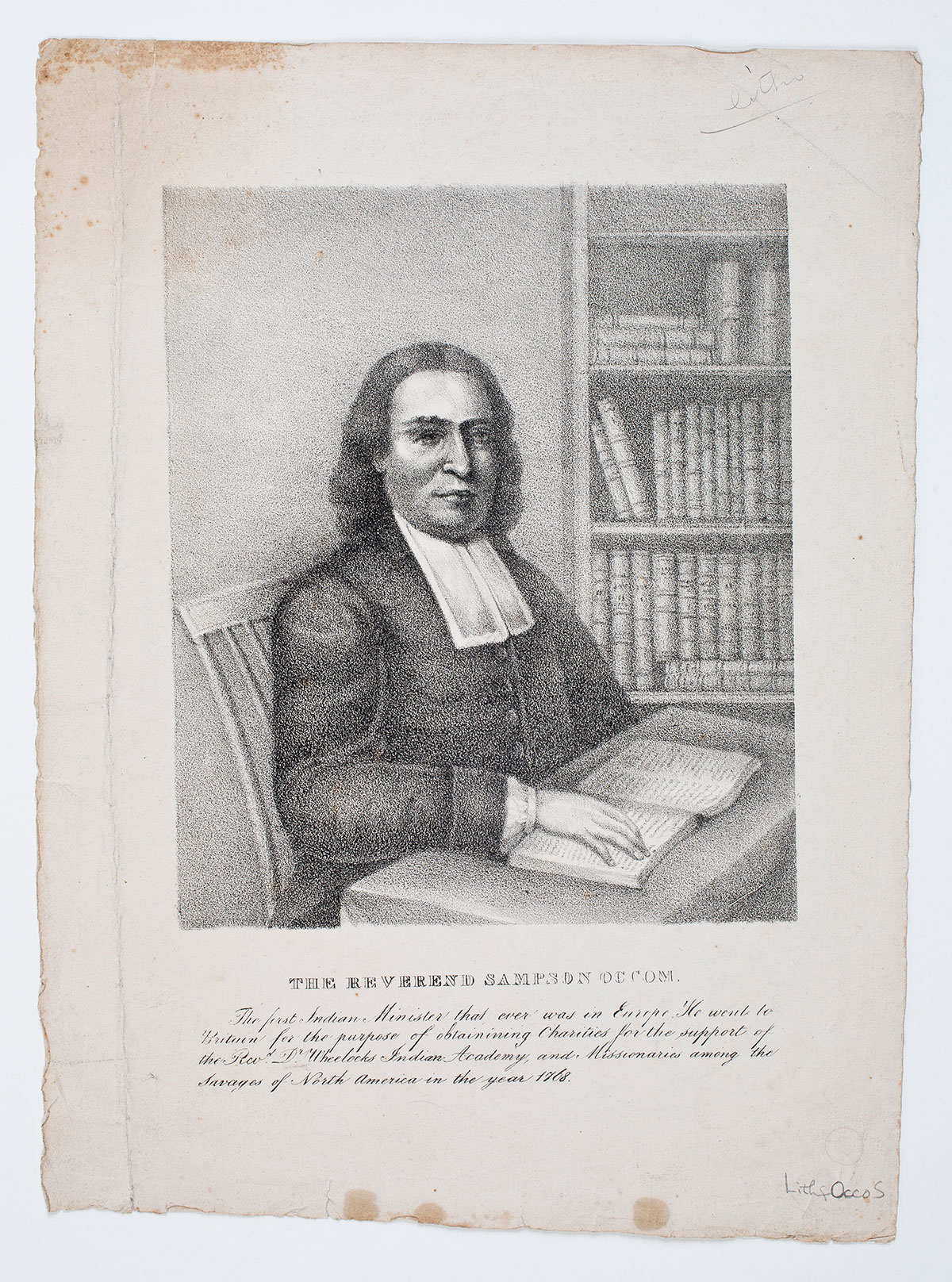
Eighteenth-Century Letter-Writing and Native American Community

The Unique Diversity of Black Girls’ Experience
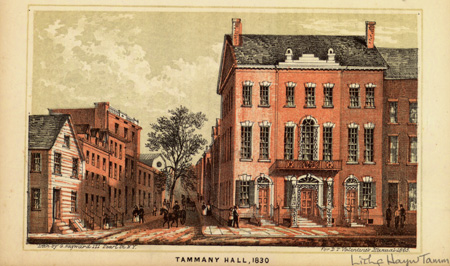
Examination Days: The New York African Free School Collection
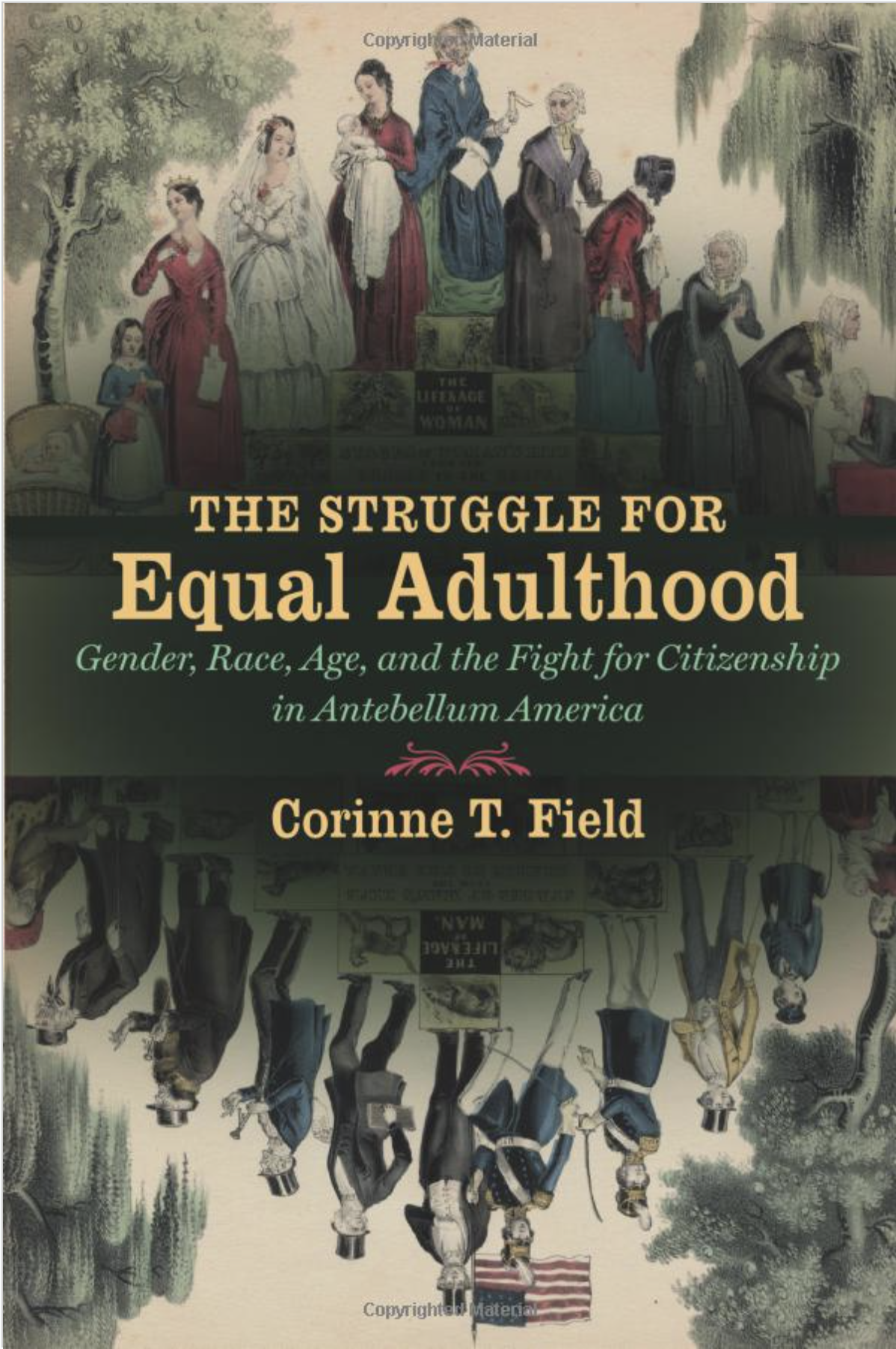
Who’s Mature Enough to Govern?
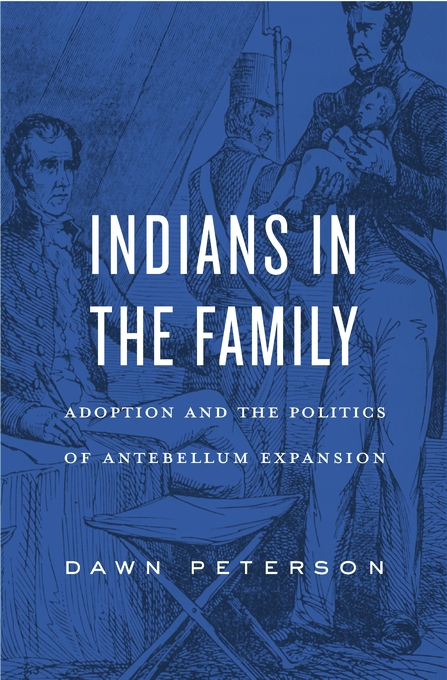
Manufacturing Kin
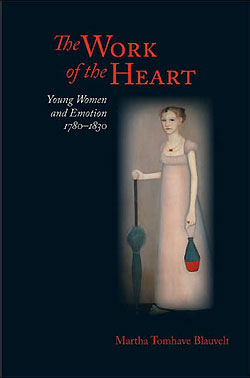
Emotional Labors
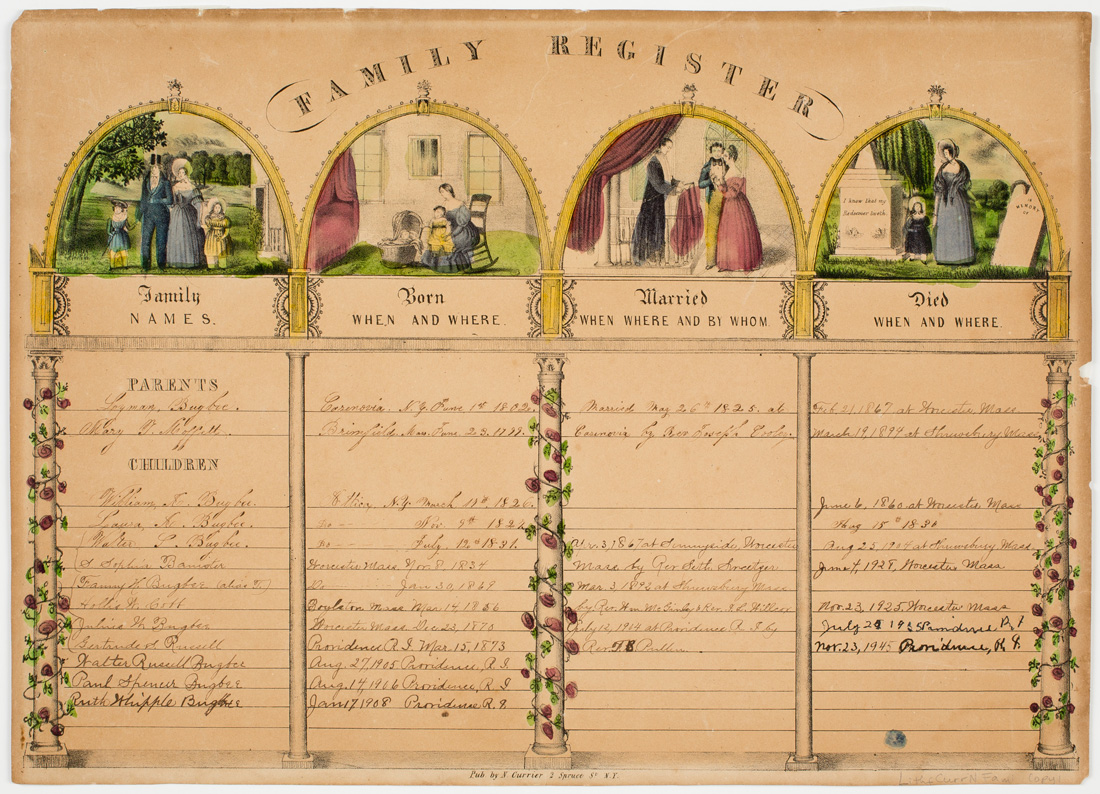
What Do We Talk About When We Talk About Age in Early America?
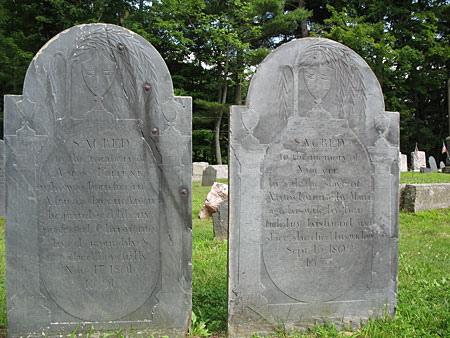
Amos Fortune, Free Man: New Uses for a Children’s Classic

A Raft of Hopes: Sometimes, half a lesson is better than none

The Adolescent Equinox

Fancy History: John Fanning Watson’s Relic Box

Exhibiting Excellence
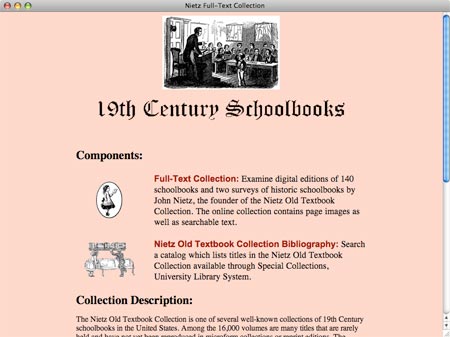
Instructions for the Young: Nineteenth-Century Schoolbooks
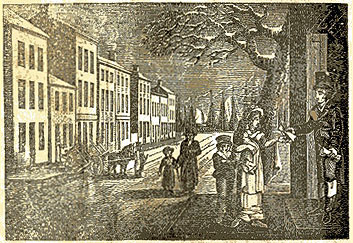
Travels with Mommy
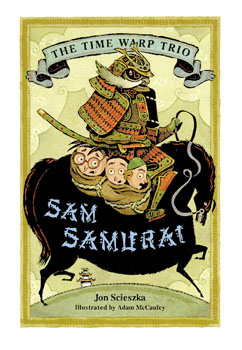
Being There

History Wars, Then and Now: The Politics of Unity in American History Textbooks before the Civil War

Literacy Then and Now
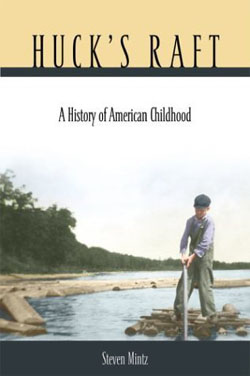
Childhood Then and Now

Traveling to Eldorado
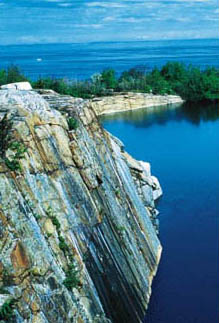
Venturing Out

No More Kings
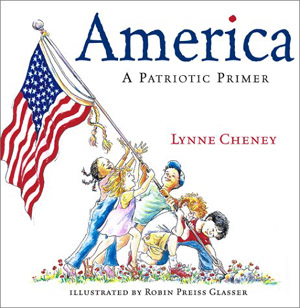
The Sandbox of Iwo Jima

This Little House of Mine

Searching for Florence
Creative Writing
Reviews

ABOUT
Welcome to Commonplace, a destination for exploring and exchanging ideas about early American history and culture. A bit less formal than a scholarly journal, a bit more scholarly than a popular magazine, Commonplace speaks—and listens—to scholars, museum curators, teachers, hobbyists, and just about anyone interested in American history before 1900. It is for all sorts of people to read about all sorts of things relating to early American life—from architecture to literature, from politics to parlor manners. It’s a place to find insightful analysis of early American history as it is discussed in scholarly literature, as it manifests on the evening news, as it is curated in museums, big and small; as it is performed in documentary and dramatic films and as it shows up in everyday life.
In addition to critical evaluations of books and websites (Reviews) and poetic research and fiction (Creative Writing), our articles explore material and visual culture (Objects); pedagogy, the writing of literary scholarship, and the historian’s craft (Teach); and diverse aspects of America’s past and its many peoples (Learn). For more great content, check out our other projects, (Just Teach One) and (Just Teach One African American Print).
How to cite Commonplace articles:
Author, “Title of Article,” Commonplace: the journal of early American life, date accessed, URL.
Sophie White, “Trading Looks Race, Religion and Dress in French America,” Commonplace: the journal of early American life, accessed September 30, 2019, https://commonplace.online/article/trading-looks-race-religion-dress-french-america/
Joshua R. Greenberg, editor
Read more about Commonplace
Contact Us
If you are looking for a specific Commonplace article from the back catalog and do not see it, or if have any other questions, please contact us directly. Please follow us on Twitter @Commonplacejrnl or Facebook @commonplacejournal and thank you for your support.


